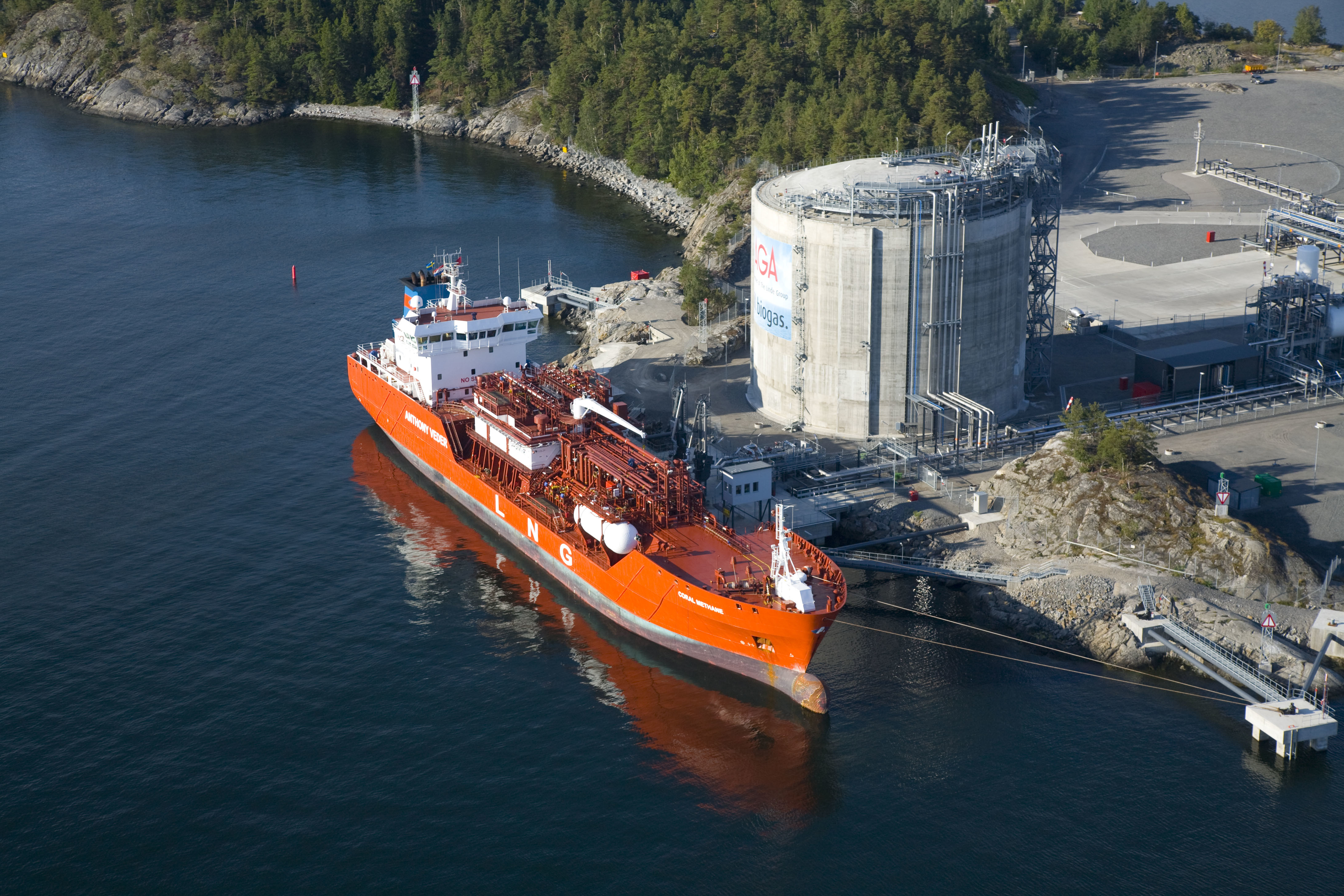Natural Gas Key to Energy Transition But Faces Cost, Emissions Hurdles, Wood Mackenzie Says
(P&GJ) — Natural gas will remain a crucial part of the global energy transition, supporting renewables and reducing coal reliance, according to a new report from Wood Mackenzie. However, high costs and emissions challenges could limit its long-term role.
Wood Mackenzie's latest Horizons report, "The bridge: Natural gas's crucial role as a transitional energy source," underscores the importance of gas in meeting global energy demand while curbing emissions.
"Gas demand has surged by 80% over the past 25 years, now meeting almost a quarter of the world's energy needs," said Massimo Di Odoardo, Vice President of Gas and LNG Research at Wood Mackenzie. "Its success lies in the scale of global resources, low production costs, ease of storage and dispatch, and comparative environmental advantages."
Surging electrification, increasingly delivered by renewable power sources, will lead the charge to curb CO2 emissions. Electrification can only move so fast, however, and the adoption of emerging low-carbon technologies, such as hydrogen, is currently too slow to achieve net-zero emissions by 2050. With coal still accounting for 30% of the world’s energy needs, shifting to gas as a transition fuel is a compelling option.
Key findings from the report include:
- Gas produces only half the carbon dioxide of coal and 70% of oil when burned, and generates considerably less pollution, making it the cleanest fossil fuel option.
- Replacing coal with natural gas has already helped deliver substantial CO2 reduction and can help decarbonize markets across Asia which remain dependent on coal.
- Gas-fired plants are key to provide reliable and flexible supply supporting the integration of intermittent renewable energy sources.
- Natural gas can act as a catalyst for advancing other lower-carbon technologies, including carbon capture and storage (CCS) and low-carbon hydrogen.
Challenges Remain
The report also highlights challenges facing the gas industry.
According to the report, high LNG prices since 2022 risk undermining the full potential of wider gas adoption in Asia. Carbon prices would be needed to shift the market.
“In China and India, where gas usage is mainly used for peak shaving, gas demand is still expected to grow by almost 100 Bcm through to 2050 in the power sector, offering the most practical option for ensuring flexibility as renewable investments surge,” Di Odoardo said. “Without a carbon price of around $100/tonne, reducing China’s and India’s dependency on baseload coal looks like a massive ask. But the prize could be a reduction of more than 300 Mt of CO2 by 2035”
Emissions remain an issue as well. Gas and LNG both produce substantial greenhouse gas (GHG). However, according to the report, claims that the LNG value chain is more GHG-intensive than coal is unfounded.
“Our analysis shows that, on average, LNG has around 60% lower GHG intensity than coal. Even when considering a 20-year global warming potential (GWP) and comparing methane-intensive LNG with coal burnt in highly efficient plants, LNG is still 26% less GHG-intensive,” said Di Odoardo. “Nevertheless, its carbon dioxide and methane emissions need to be addressed as a matter of urgency to ensure its primacy as a bridging fuel.”
The report concludes that natural gas, particularly LNG, will be critical in the shift to a lower-carbon future, bridging the gap as emerging low-carbon technologies strive to reach critical mass.
Related News
Related News

- Kinder Morgan Proposes 290-Mile Gas Pipeline Expansion Spanning Three States
- Enbridge Plans 86-Mile Pipeline Expansion, Bringing 850 Workers to Northern B.C.
- Intensity, Rainbow Energy to Build 344-Mile Gas Pipeline Across North Dakota
- Tallgrass to Build New Permian-to-Rockies Pipeline, Targets 2028 Startup with 2.4 Bcf Capacity
- U.S. Moves to Block Enterprise Products’ Exports to China Over Security Risk
- U.S. Pipeline Expansion to Add 99 Bcf/d, Mostly for LNG Export, Report Finds
- A Systematic Approach To Ensuring Pipeline Integrity
- 275-Mile Texas-to-Oklahoma Gas Pipeline Enters Open Season
- LNG Canada Start-Up Fails to Lift Gas Prices Amid Supply Glut
- TC Energy’s North Baja Pipeline Expansion Brings Mexico Closer to LNG Exports





Comments